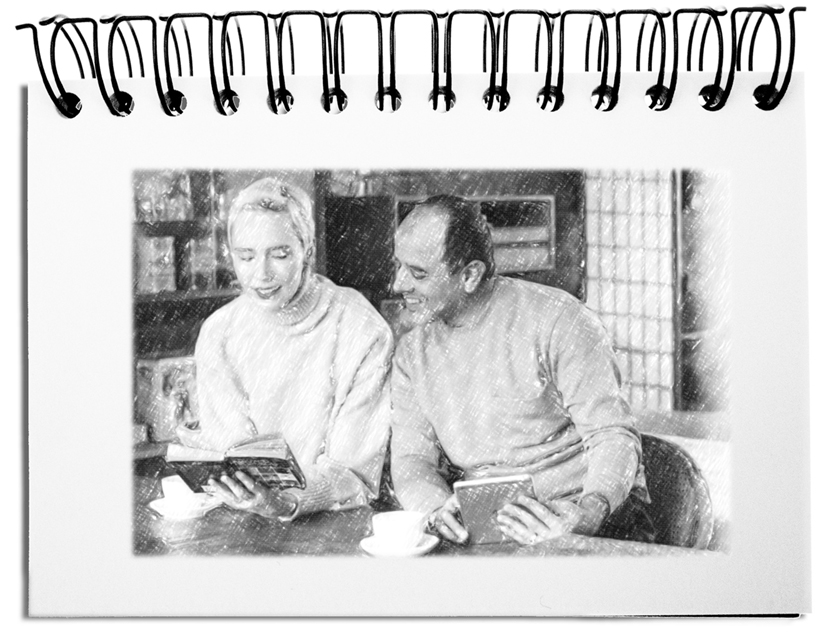Good relations between the members of a working group are the basis for the interaction of the participants. Unfortunately, trust cannot be bought or decreed; it evolves over a long time. At the same time, you constantly run the risk of disappointing the trust again. For this reason, you behave in a way that makes others feel valued, and you strive to create a pleasant atmosphere by
- providing assenting feedback,
- being helpful,
- showing interest,
- focusing on things (not people),
- avoiding judgmental comments,
- staying away from politicking,
- only promising what you can and want to deliver.
It only takes a little push to shake trust. In this context, a permanent relationship killer is pseudo-interest.
Pseudo-interested people have a blind spot right here. They do not notice what they are doing and what it does. You can recognize the toxic people by the following points, for example
- Asking questions but avoiding answers
Teamwork is the central working style for Gen XYZ. The focus is on the ongoing exchange of content, mutual support, and the opportunity to ask questions. This is best done in meetings. Besides the usual sessions, (daily) stand-ups are being used more often – without much preparation, and everyone gets a chance to speak within the fifteen minutes of the exchange. Here, questions are asked, dependencies are agreed upon, and tasks are distributed.
The pseudo-interested parties neither listen to the responses nor will they demand the answer later on. - Want appointments, but do not commit
The information hub is the team calendar, where all employees share their appointment situation. Not having an appointment is a sign of underemployment, which means that all calendars are always full – with the daily, weekly, monthly, and quarterly rule meetings, workshops, and appointments with oneself to create free time slots. Other discussions that arise over time are entered in parallel. Appointment posers fill their daily schedule with several parallel engagements.
The pseudo-interested postpone their participation without an alternative date into the future. - Finding benefits, but only for themselves
A team is adjusted to a purpose through shared goals and complementary outcomes. All provide pieces to a puzzle. The added value generated by the group is crucial for the company. It becomes apparent where their real interests lie by looking at their priority lists. In the absence of a personal commitment to the company, individuals often prioritize their personal goals first.
The pseudo-interested set their priorities, but to others, they simulate dedication and loyalty to the company. - Generating tasks, but only for others
Whereas bosses distributed the work in the past, nowadays targets are set on which the team determines and allocates its business. Supervisors take on the roles of customers who review and approve the results. The group takes over the elaboration of tasks, the bundling into packages, the flow of activities, the distribution of responsibilities, and the assumption of responsibility.
The pseudo-interested parties are creative in working out the tasks but only commit themselves when there is no other way.
Bottom line: A team works best when the social glue exists:
- personal readiness for cooperation and consistent collaboration
- mutual trust
- joint responsibility and
- a common mindset.
The foundations are developed and anchored in team building. However, what is built up over a long time can be destroyed within moments. An important disruptive factor is the pseudo-interested. They lack social glue and ask questions but eventually avoid the answer. They want a meeting without making a specific appointment. They seek benefits for themselves, not for the cause or the team. They generate tasks, but only for others. Such an attitude does not go unnoticed. Over time, suspicion and discord develop because of this self-centered behavior. In the worst case, members even adopt this counterproductive habit. It turns the pseudo-interested into relationship killers.


